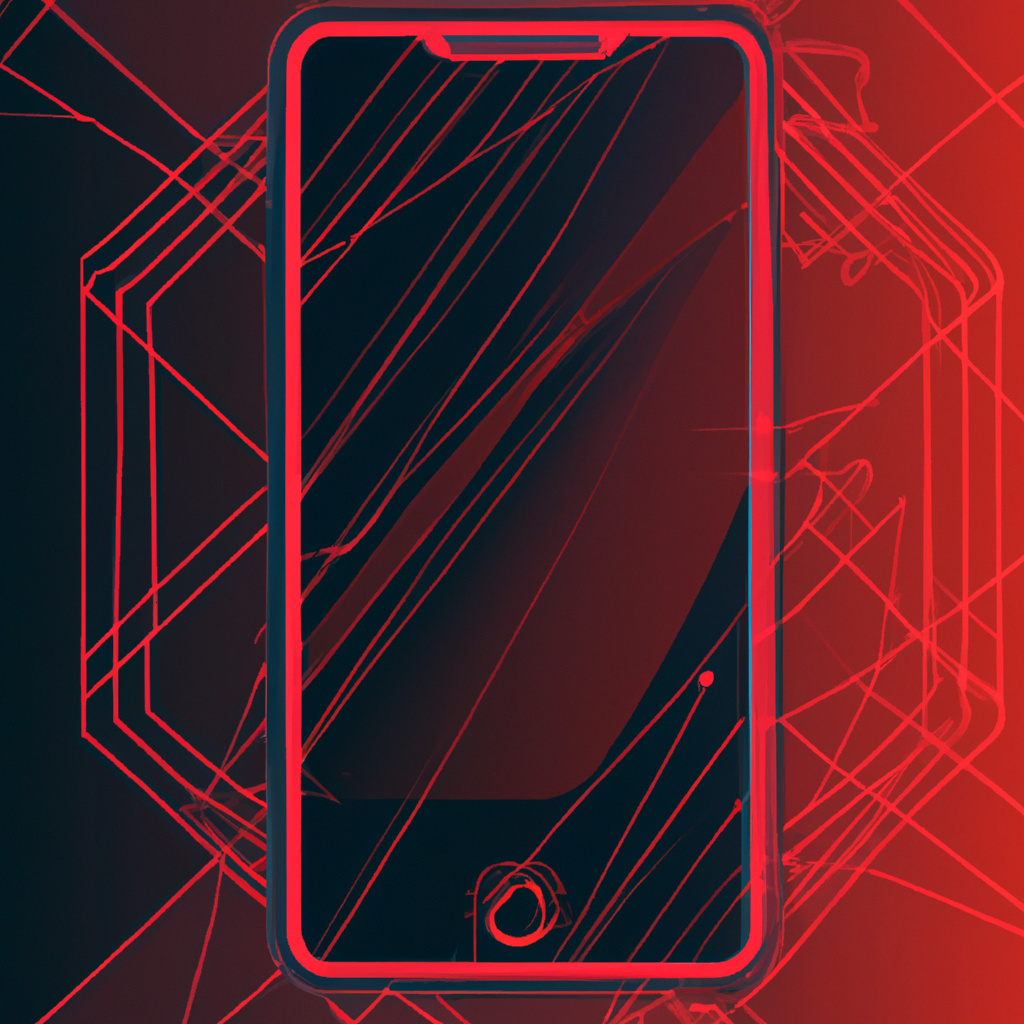Labs
Digital Product Design
Digital Product Design is an essential discipline that creates intuitive and user-friendly digital products for our tech-driven lives.

In this article, we will explore the fascinating world of digital product design and how it plays a crucial role in innovation and transformation projects. Let's delve into the key aspects and principles involved in creating successful digital products.
Where did Digital Product Design come from?
Digital product design is a dynamic field that emerged in response to the rapid advancement of technology and the shift towards digital experiences. With the rise of smartphones, smart devices, and online platforms, businesses realized the need to create user-friendly and engaging digital products. This led to the development of digital product design as a specialized discipline that focuses on creating intuitive interfaces, seamless user experiences, and visually appealing designs for websites, mobile apps, software applications, and other digital products. Its roots can be traced back to traditional graphic design principles but have since evolved with a strong emphasis on usability and human-centered design methodologies.
What are the key concepts?
Some of the key concepts involved in Digital Product Design include:
- Understand user needs: Digital product design starts with a deep understanding of user needs and pain points. This involves conducting research, interviews, and usability tests to gain insights into the target audience.
- Develop a clear objective: Defining a clear objective is crucial for digital product design. It helps guide the decision-making process and ensures that all design elements are aligned with the overall goal of the product.
- Focus on user experience (UX): User experience plays a vital role in digital product design. Creating intuitive interfaces, optimizing performance, and ensuring accessibility are essential for delivering an exceptional user experience.
- Iterative prototyping: Iterative prototyping allows designers to test their ideas early on in the process, helping them identify flaws or areas of improvement before investing significant time and resources into development.
- Collaborative approach: Successful digital product designs involve collaboration between designers, developers, stakeholders, and users. Open communication channels and an iterative feedback approach can lead to better results.
What's the process?
In digital product design, the typical process involves a series of activities that help create user-friendly and visually appealing products. These activities include conducting research and gathering insights about target users, defining the problem statement and project goals, developing wireframes or prototypes to visualize ideas, testing and iterating on designs based on user feedback, and finally producing high-fidelity designs ready for development. Throughout this process, collaboration between designers, developers, and stakeholders is crucial to ensure a seamless user experience. By following this iterative approach, digital product designers can effectively solve user problems and deliver successful products.
What outcomes can you expect?
Some of the outcomes you can expect from working with Digital Product Design are:
- Gain a clear understanding of the principles and process of digital product design
- Learn how to effectively identify and prioritize user needs and pain points
- Acquire techniques to develop user-centered design solutions that meet customer expectations
- Improve team collaboration by incorporating user feedback throughout the design process
- Enhance your ability to create intuitive and engaging digital products that are both aesthetically pleasing and functional
Are there any debates or criticisms to be aware of?
- Lack of user empathy: Some argue that digital product design can sometimes prioritize aesthetics and functionality over understanding the needs and desires of the end users.
- Overreliance on data: There is debate regarding whether relying too heavily on data-driven design decisions can stifle creativity and limit innovative solutions.
- Ethical concerns: Controversies may arise when digital product designs potentially exploit user data or privacy, raising questions about the ethical implications of these practices.
- Testing limitations: Critics argue that traditional user testing methods may not always provide accurate insights, leading to potential design flaws or missed opportunities for improvement.
- Complexity vs. simplicity: Balancing complexity with simplicity in digital product design can be challenging, as some stakeholders prefer advanced features while others value intuitive usability.
Conclusion
Digital product design is a crucial field that combines user experience and user interface design to create visually appealing and easy-to-use digital products. By placing users at the center of the design process, considering aesthetics, interaction design, and accessibility requirements, designers can enhance user experience, improve functionality and efficiency, gain a competitive advantage, and increase conversion rates. However, designers must also carefully balance aesthetics with functionality and consider ethical considerations such as inclusivity and intellectual property rights. Ultimately, through thorough research,... prototyping... iterative improvements... implementation by developers with close collaboration from designers... and thorough testing before launch ensures quality and usability in digital product designs.
TLDR;
- Digital product design is an essential process for creating user-centered products and services.
- It involves the use of various design methodologies and tools to enhance user experience.
- The benefits of digital product design include improved usability, better customer satisfaction, and increased business revenue.
- However, challenges may arise in terms of technical constraints, balancing aesthetics with functionality, and meeting user expectations.
- Collaboration between designers, developers, and stakeholders is crucial to ensure successful digital product design.
